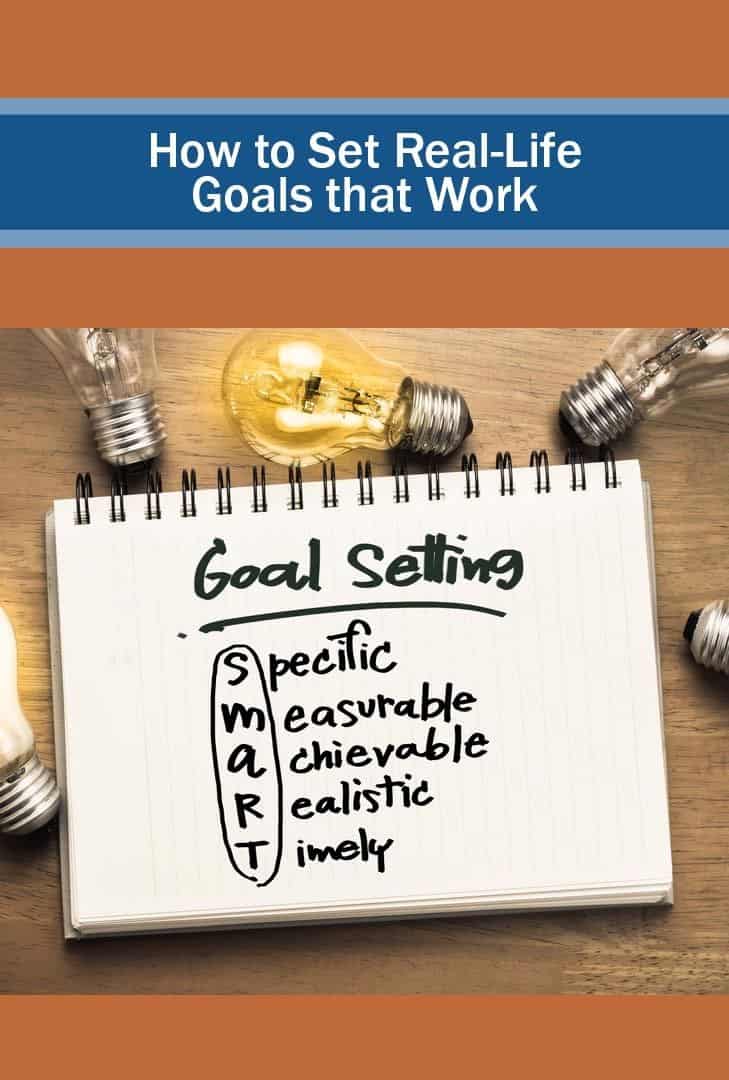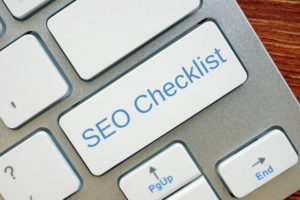“How much growth can we do next year? Hmm, that’s not enough. Can we squeeze in a few more units?”
“Yeah, that isn’t going to work; that’s not going to pull in enough profits. How can we do better?”
These are the vivid nightmare conversations I had during annual goal-setting meetings when I was working in the corporate world. This is the goal process that set up many companies I worked for to fail. And it’s because of the intent – one that only focuses on profits and sales. If businesses run like money-making machines, they will fail, at least in the long run, and this is especially true in tourism, a business highly-focused on people. Shouldn’t goals be well-rounded and better represent the life goals of the owner and the entire company?
We think so; in fact, so does your guest. Consumers are looking for brands that set standards beyond just profits and a precedent to focus on contributing positively to people and the world in some way.
In fact, 87% of global consumers look for brands that place equal weight on society’s interests AND business interests.
That is why we want you to look at your goal setting differently this year.
Goals Just Focused On Business Metrics Don’t Work.
Real life Goals Take Into Account A Holistic View of Your Business and Life
We call the process Real Life Goal Setting because it looks at several factors to achieving your goals, a holistic approach that is personal, professional, and profitable. If we spend half of our lives in our jobs, isn’t it just right to include all aspects of our lives in our goals?
After all, there is no such thing as work-life balance. So why don’t your goals also include your life?
Jeff Bezos from Amazon said it well, “That work-life balance is debilitating and restricting — instead, it is about work-life harmony, because balance implies you’re making some big trade-offs for one to another.”
So, for all you owners/operators in this course – you know exactly what he means.
Even if you aren’t the owner of the business and are a manager, a goal planning process is still essential, because you, too, spend most of your time and energy at work.
Key Tips to Setting Real-Life Goals
1. Create a vision for your business in the next 3-5 years
What do you want to accomplish in your career, your life, and your business in the next 3 to 5 years?
A vision is a big, meaningful stretch goal. Yes, it may feel highly unattainable now, but it’s a vision that would make you say, 3 to 5 years from now, “Wow! I accomplished a big thing in my career, and I’m very proud of it.”
For example: Perhaps you want to become known as the top eco-tourism business in your country. It seems unattainable right now, but with many steps toward this goal, several years of work can lead to this.
Spend some time brainstorming about the vision for your business AND the vision for your personal life. What do you want to accomplish personally in the next 3 to 5 years? Does this vision compliment your business goal, and if not, can it?
Once you brainstorm your ideas, start summarizing the main themes to one or two overall vision statements.
Once you have a vision, you need to be above to measure it, so you can track how you can get there.
Let’s get back to our example of becoming known as the top eco-tourism business. If you use the words “most admired” or “most respected”, you need to figure out how you can measure that. There can be a range of ways to determine it:
- It can be when you’ve made many changes to the standards for Ecotourism that you become a sought-after expert to discuss this topic in the media and at conferences.
- It can be when you become the best at something, like having top ranking reviews on Google, TripAdvisor, or other online sites in your area.
- You can also prepare questions related to how your guests feel about Ecotourism and how you support it on a guest satisfaction survey.
2. Goals – How to Set Annual Real-Life Goals
Your goals will be the road map and markers toward your vision.
Real-life goals include:
1.Personal Goals – What are some personal milestones you want to achieve? Do you want to learn new skills? Take a course? Travel? Perhaps you want to create better relationships that will help both your personal and career relationships?
2. Professional/Performance Goals– Perhaps you want to buy a new business? Hire a new staff member? Get better at managing reviews? Start a new training program for your new hires? Form a new relationship with an OTA?
3. Purpose goals – What are the things you believe in deeply? What gets you up in the morning? equal rights? the environment? changing views of the world? Perhaps your big vision is supporting sustainable travel and ecotourism. You can advance your steps to become that leader in Ecotourism. Do something like pitching some interviews with the media to discuss the topic, work with bloggers who write about Ecotourism, or get certified by a governing Ecotourism body. All brands have a purpose we have one too.
4. Profit Goals – Did you notice that this goal is listed last? It is because if you only focus your goals towards making money – you won’t last, as you’ll have a hard time creating lasting and meaningful relationships with your guests. But of course, you have to be able to make enough money to support yourself and your family, pay your staff, and find growth in the future. Growth and profit are good things that come as a result of the good things you do personally and professionally.
But wait! Goals are useless if you don’t measure them.
After all, “what gets measured gets improved”, said one of the most famous business guys of all time, Peter Drucker. Why bother if you can’t see whether they’re working or not, right?
How to Make Strong and Useful Goals
Make your Goals SMART: Specific, Measurable, Attainable, Realistic, Timely
If you don’t write them this way — you’ll have a tough time achieving them.
By definition, SMART goals are:
1. Specific
Your goals will either be achieved or not. They should have specific results – just yes or no. Let’s say you want to hire a social media manager. The result is either you did it or you didn’t.
2. Measurable
You should ensure that there’s a way to measure your goal. If you don’t have the data to determine whether or not it is achievable, how will you accomplish it?
3. Actionable/Achievable/Attainable
This is when you can take action, and you have the resources to attain the goal. Can you feasibly do it? A great example of this is planning to achieve a target such as growing your profits by 30%. Is a goal like this possible given the resources and skills you have?
4. Realistic
Is it so far-fetched that you won’t ever achieve it? For example, if you plan to hire Justin Timberlake to promote your business, think first: is that realistic or not? Here is where you should look for goals that will provide 80% of the return for you and your business.
5. Time-bound
This is the timeframe we set to make these goals a reality – the ‘getting them done’ part. For instance, by the end of January, you want to take Fridays off to spend time with your family – now, that would be a time-bound and measurable personal goal.
Simply put it, Life Goals Matter! Especially those that impact your whole life and your business. Best of luck with setting your real-life goals that enable results beyond just your business now how about we get started on that marketing plan?
For more posts about marketing strategy and goal setting in these posts.








